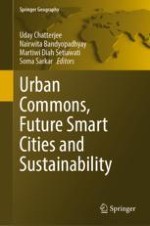2023 | OriginalPaper | Chapter
32. The Application of CIM and BIM to the Simulation of Energy in Urban Superblocks; an Effort to Develop the Initial Digital Twins (Case Studies: Kermanshah, Iran)
Authors : Omid Veisi, Amir Shakibamanesh
Published in: Urban Commons, Future Smart Cities and Sustainability
Publisher: Springer International Publishing
Activate our intelligent search to find suitable subject content or patents.
Select sections of text to find matching patents with Artificial Intelligence. powered by
Select sections of text to find additional relevant content using AI-assisted search. powered by
